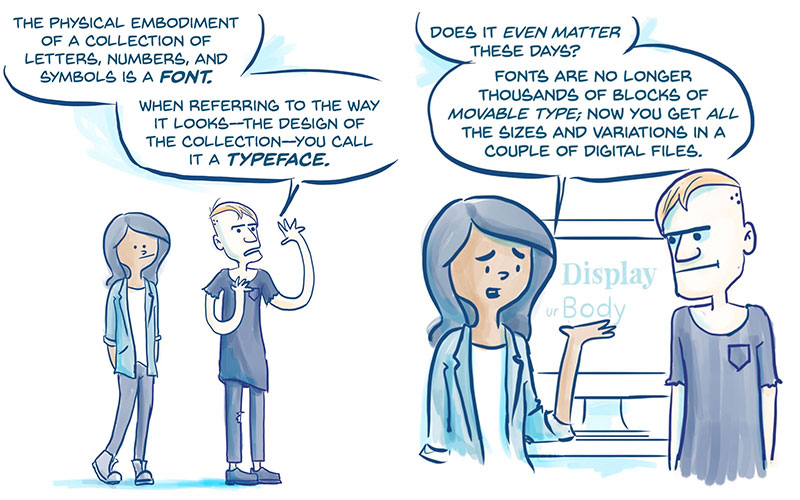
Labeled with the CSS keyword 'italic' (preferred) or 'oblique'. Will be satisfied if there is either a face in the UA's font database

The per-property matching rules from (2) above are as follows: The CSS 2.1 properties for each character.) (The above algorithm can be optimized to avoid having to revisit The UA should mapĮach character for which it has no suitable font to a visible symbolĬhosen by the UA, preferably a "missing character" glyph from one of the Means to determine a suitable font for that character. If a particularĬharacter cannot be displayed using this font, then the UA may use other Match that can be obtained within the default font. UA-dependent default 'font-family' and repeat step 2, using the best

The User Agent makes (or accesses) a database of relevant CSS 2.1.Possible across UAs (assuming that the same library of font faces is Insure that the results of this matching process are as consistent as The properties are matched in a well-defined order to Properties, matching of properties to font faces must be doneĬarefully. Therefore it is not a simple problem to map typicalįont selection properties to a specific font.īecause there is no accepted, universal taxonomy of font Labeled as being Oblique, Slanted, Incline, Cursive or E.g., 'italic' isĬommonly used to label slanted text, but slanted text may also be

Unfortunately, there exists no well-defined and universallyĪccepted taxonomy for classifying fonts, and terms that apply to oneįont family may not be appropriate for others. Setting font properties will be among the most common uses of style The CSS Working Group is also developing CSS level 2 revision 2 (CSS 2.2). Please, see "Cascading Style Sheets (CSS) - The Official Definition" in the latest CSS Snapshot for a list of specifications and the sections they replace. Note: Several sections of this specification have been updated by other specifications.


 0 kommentar(er)
0 kommentar(er)
